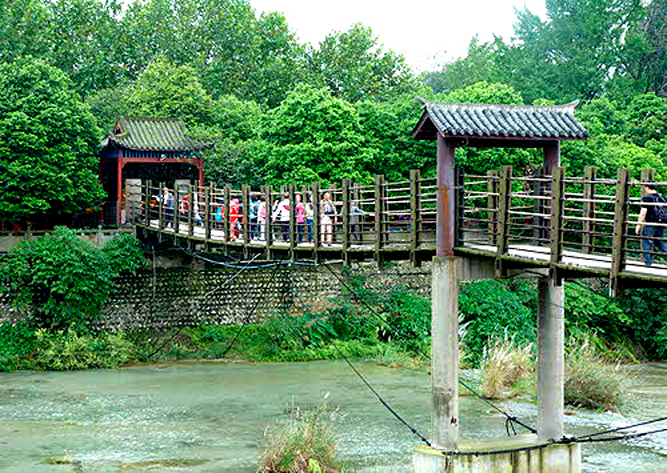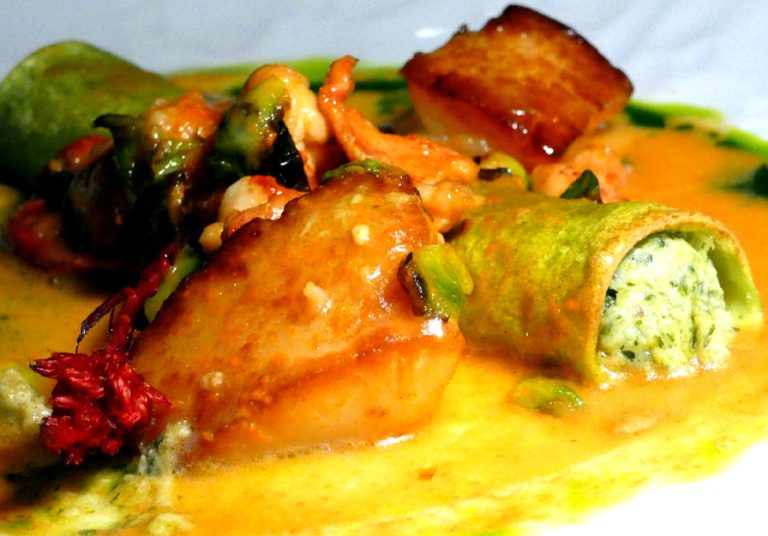In the vast and culturally rich landscape of China lies Sichuan Province, a region celebrated for its tongue-tingling spicy cuisine, stunning natural wonders, and the renowned Giant Panda Research Center. My journey to this captivating destination began aboard China Southern Airlines flight 300, bound for Guangzhou (formerly known as Canton) and then onward to Chengdu, the province’s bustling capital.
Chengdu, home to approximately 14 million residents, is a sprawling metropolis and a haven for shoppers, boasting luxury malls and streets lined with international designer stores.

The city’s architectural marvels became apparent upon my arrival, notably the Minyoun Royal 5 star-hotel, our accommodation for the stay. Its first 32 floors house the Mingyu Financial Plaza Building, with the hotel residing from the 33rd to the 47th floors. The hotel’s luxurious rooms, state-of-the-art facilities, and multilingual, friendly staff made our stay exceptionally comfortable.
Our first excursion was to the Chengdu Giant Panda Breeding Research Base, a sanctuary for the less than 2,000 pandas remaining in the wild. Established in 1987, this center is dedicated to the research and conservation of these enchanting, endangered creatures.
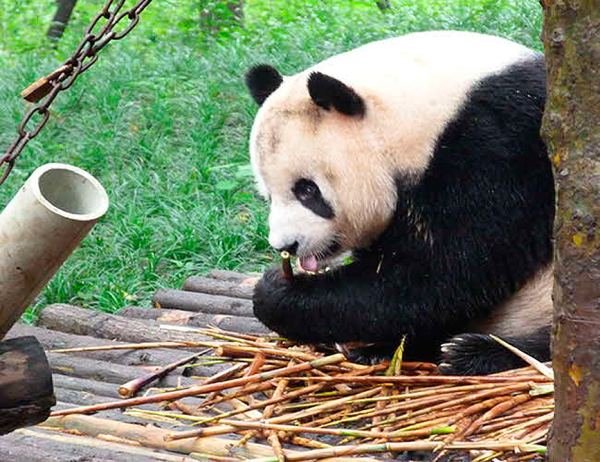
Despite their adorable appearance, pandas are wild animals, necessitating strictly controlled viewing areas. I learned that pandas, solitary by nature, lead a simple life of eating bamboo and sleeping, a routine dictated by their low-nutrient diet. The base’s carefully monitored enclosures allow for some socialization in captivity, a contrast to their isolated wild existence.
Success
You are now signed up for our newsletter
Success
Check your email to complete sign up
Next on our itinerary was the Wuhou Temple complex and Jinli Street Folk area. After indulging in a lunch featuring 22 Sichuan specialties, we explored the Temple Complex, a serene site of worship housing statues of religious figures and emperors, set amidst ancient trees and landscaped gardens. Respect for local customs was paramount, as we refrained from photographing sacred icons and worshippers. Jinli Street, bustling with artisans, street food, and souvenirs, offered a glimpse into Chengdu’s vibrant culture.

The trip to Dujiangyan revealed the ingenuity of ancient Chinese engineering. This grand water conservancy project, dating back to 256 BC, showcased the remarkable ability to control the mighty River Minjiang using simple tools. The city, resembling a historical film set, was both picturesque and historically fascinating. We also visited Qingcheng Mountain, a UNESCO World Heritage site, where an ancient irrigation system and stunning temples carved into the mountainside awaited discovery.
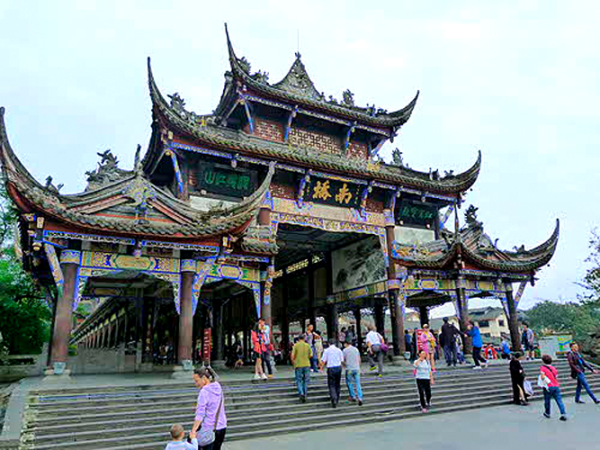
Our journey included a stop at Qingcheng Mountain, known for its Buddhist and Taoist temples. The legend of Taoist Master Zhang Daoling, who ascended to heaven from this mountain, adds to its spiritual significance. The challenging ascent offered spectacular views and insights into ancient religious practices, with temples and pavilions dotting the path.
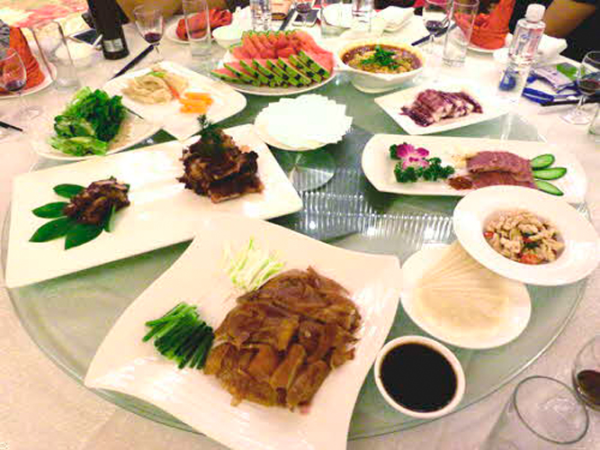
The highlight of our Sichuan exploration was the Leshan Giant Maitraya Buddha, the world’s largest carved stone Buddha. Standing at 71 meters, this architectural marvel of the Tang Dynasty was built to pacify the turbulent waters at the confluence of three rivers. Its intricate drainage system and artistic detailing are testament to the extraordinary skill of its creators.
Our travels also took us to the sacred Mt. Emei, one of Buddhism’s four holy mountains. This site, with its steep paths and breathtaking views, is a pilgrimage destination for many devout followers. The experience at Mt. Emei, from the soothing hot springs to the awe-inspiring Golden Buddha at the summit, was both physically challenging and spiritually enriching.
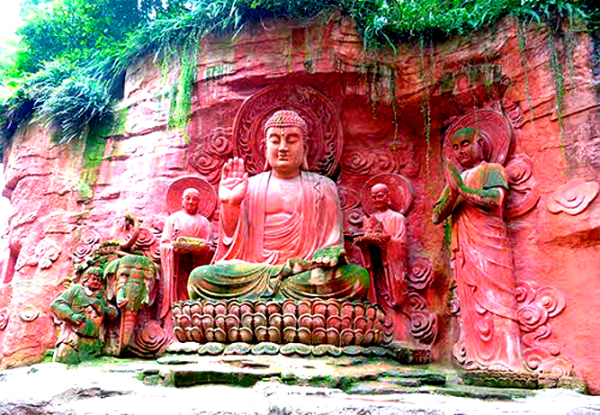
In Emeishan, we witnessed ‘Sheng Xiang Emei’, a local show encapsulating the essence of Mt. Emei’s culture through music, dance, and storytelling. Despite a sudden downpour, the performance was a mesmerizing blend of artistic expression and cultural heritage.

Reflecting on my journey, I realize that Sichuan Province, initially not high on my travel list, has left an indelible mark. Its ancient wonders, rich history, and vibrant culture beckon for further exploration.
EDITOR’S NOTE: Traveling in Sichuan, particularly for those with limited Chinese language skills, is best undertaken with a professional guide or an organized tour. Navigating transportation and communication can be challenging without local language proficiency. Despite the daunting traffic and unique driving customs, the warmth and courteous nature of the Chinese people shine through once they step out of their vehicles.
For more information, visit minyounhotels.com.



